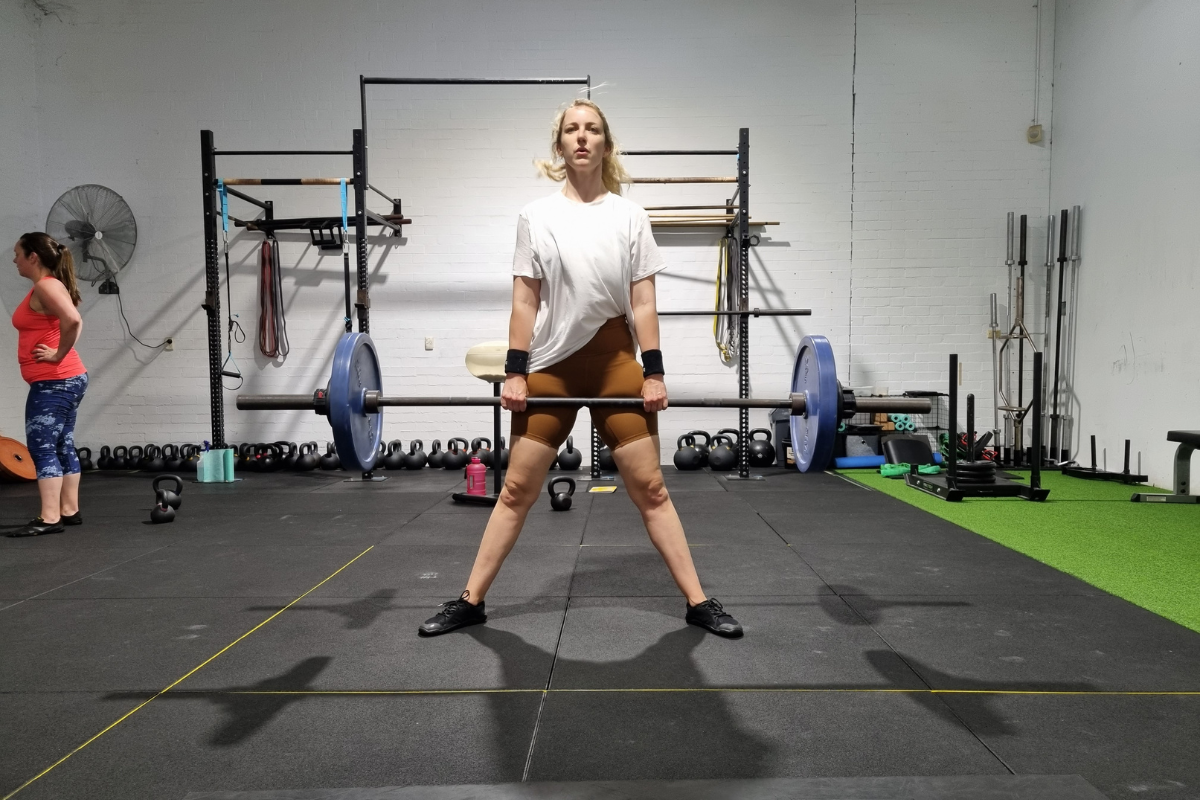“A river cuts through rock, not because of its power, but because of its persistence”
James N Watkins
Despite what Instagram will lead you to believe, the best workouts programs always consist of the same battery of exercises repeated relentlessly, aggressively, and progressively
Today we’re getting into the science of why “switching it up” too much kills gainz
Initial gains from a new movement are largely a result of the neurological system. This happens quickly.
Basically, the body improves efficiency. Or, to use a boring science term, intermuscular coordination improves
Wanna know what happens at 6-8 weeks?
Around the 6 week mark, the muscular system kicks in.
Technically it’s weeks 4-8 depending on training history and genetics.
It’s at this point that you begin to see physique changes from your training
Are you starting to see where I’m going with this?
There’s always overlap between the two systems: It’s not like one system shuts off while the other works
If you “switch it up” too early, you never get out of that initial neuromuscular adaptation phase.
As a result, you limit muscle growth
Adaptation is a step-like process. Each step builds on what you achieved in the previous step.
Progressing movements are fine. Variation can be fun and useful.
But don’t switch it up too early just because you get bored. Instead, find a way to make it fun. Your gains will thank you
In today’s quick fix society we expect results overnight. No matter what marketing gimmicks you hear about coming into summer remember it takes at least six weeks to start making progress in terms of adaptations to muscle, bones, ligaments and true body composition changes
This is just a reminder if you can stick with something for 6 weeks that’s when you can start making some serious progress.
Ps: It doesn’t have to be training everyday either our main train model is built off aiming to strength train twice a week consistently







